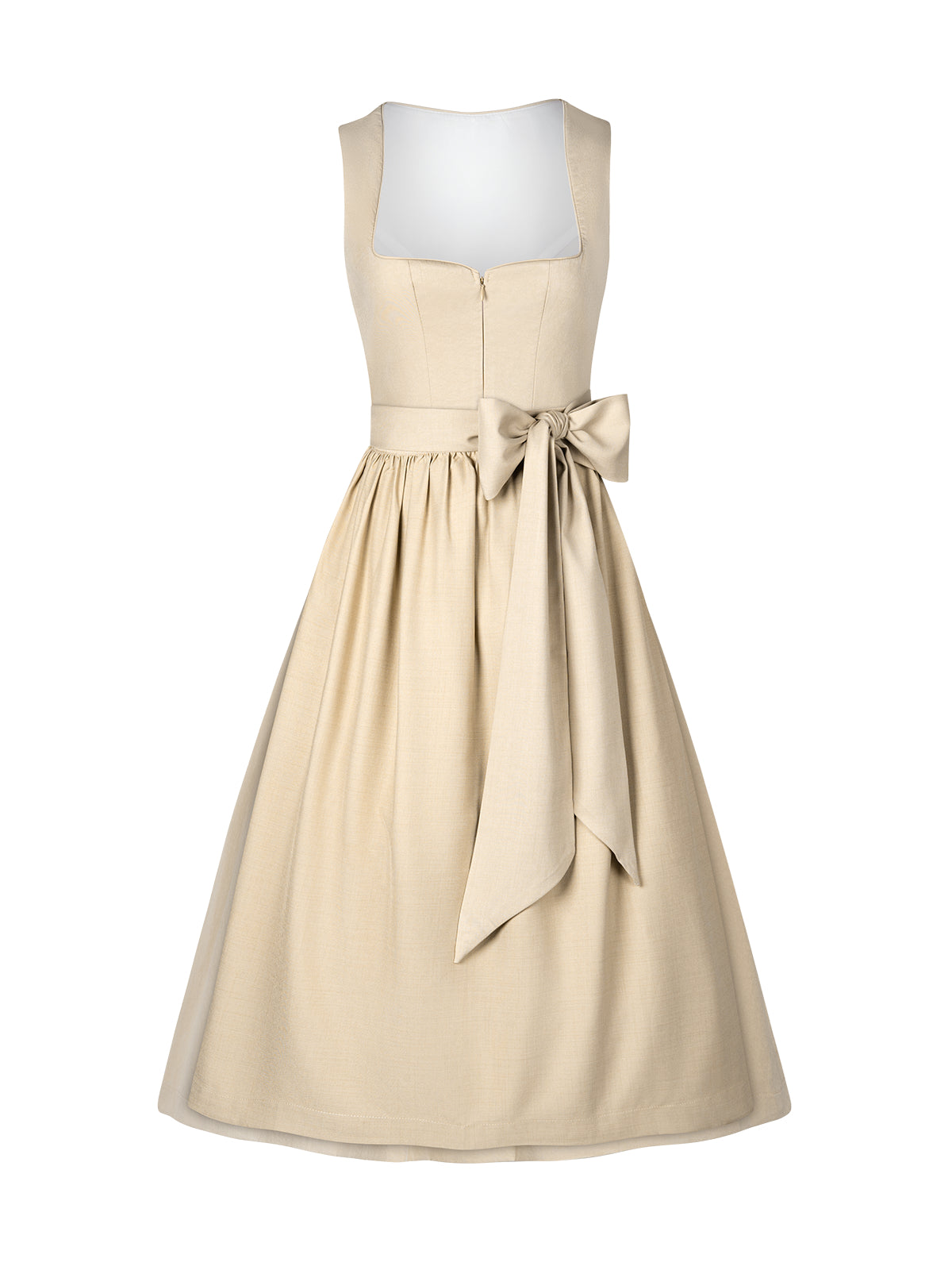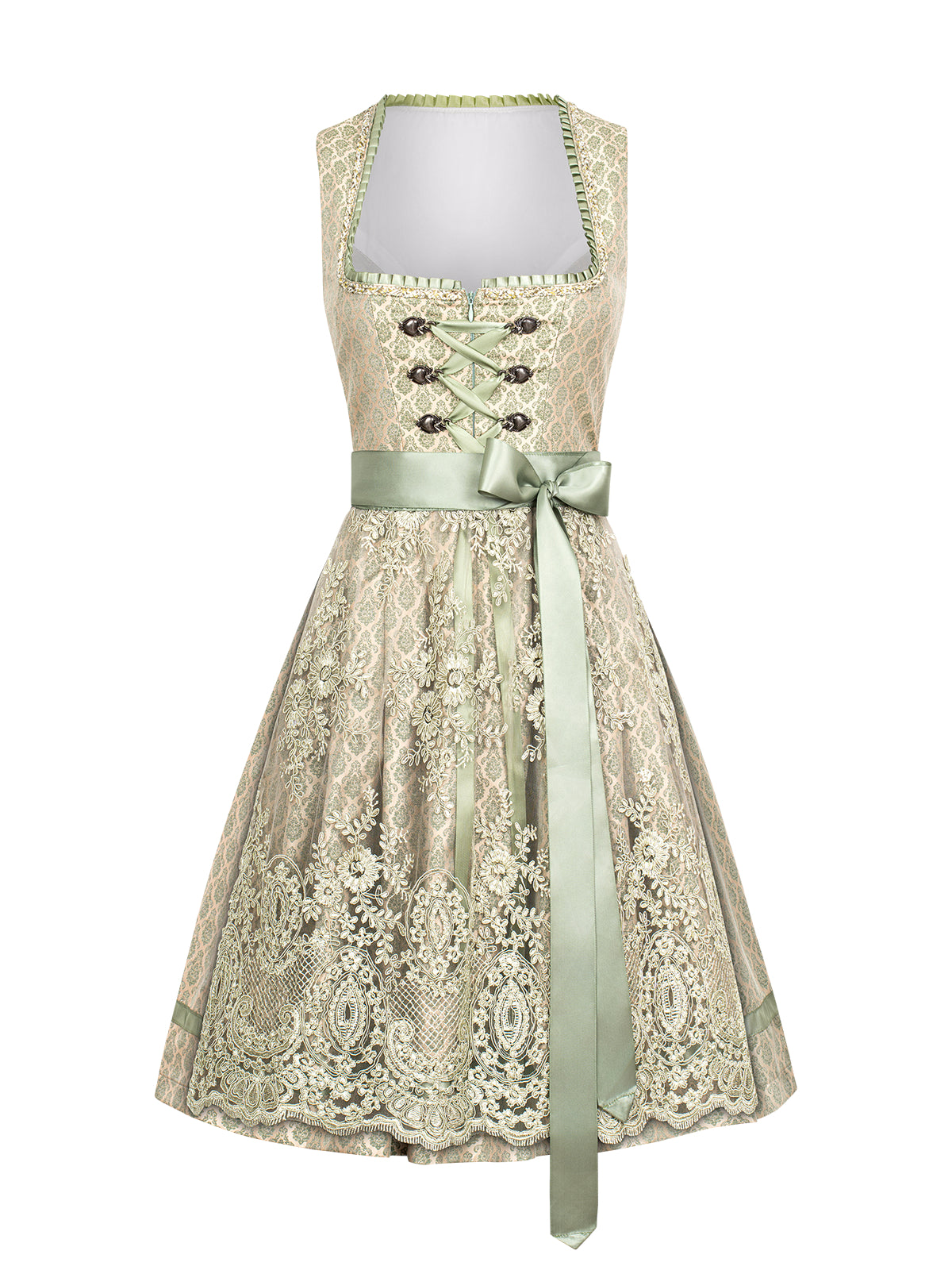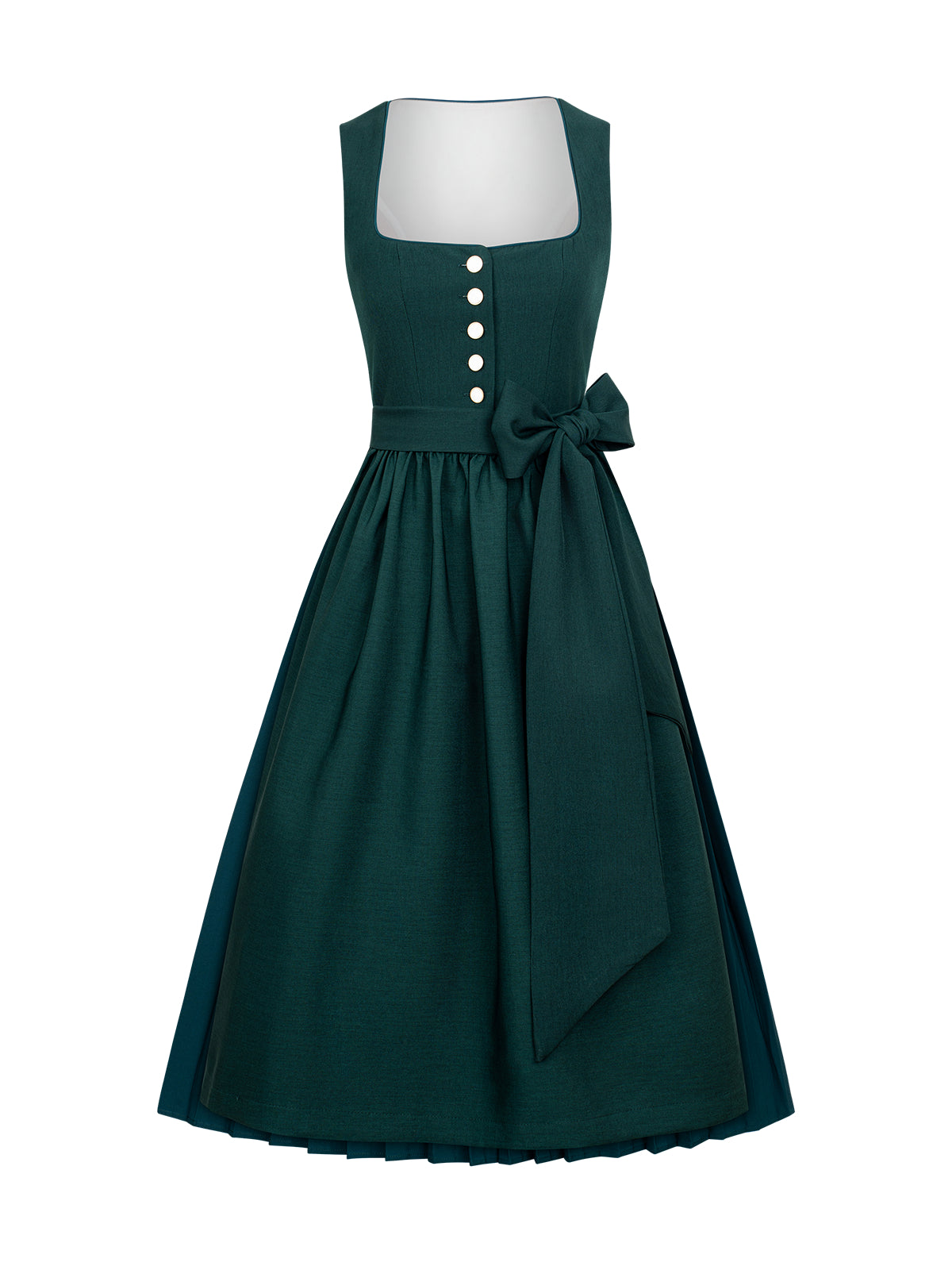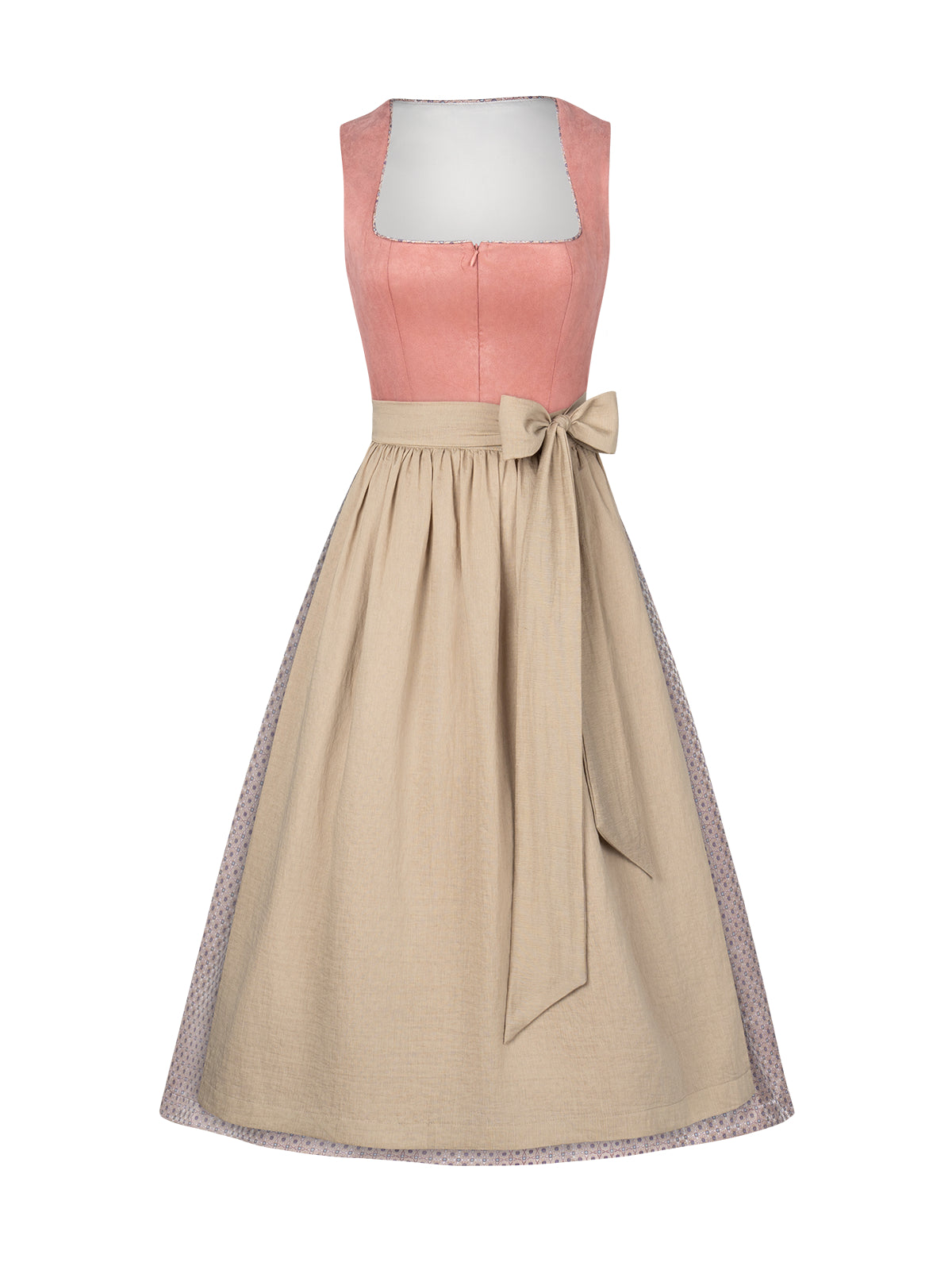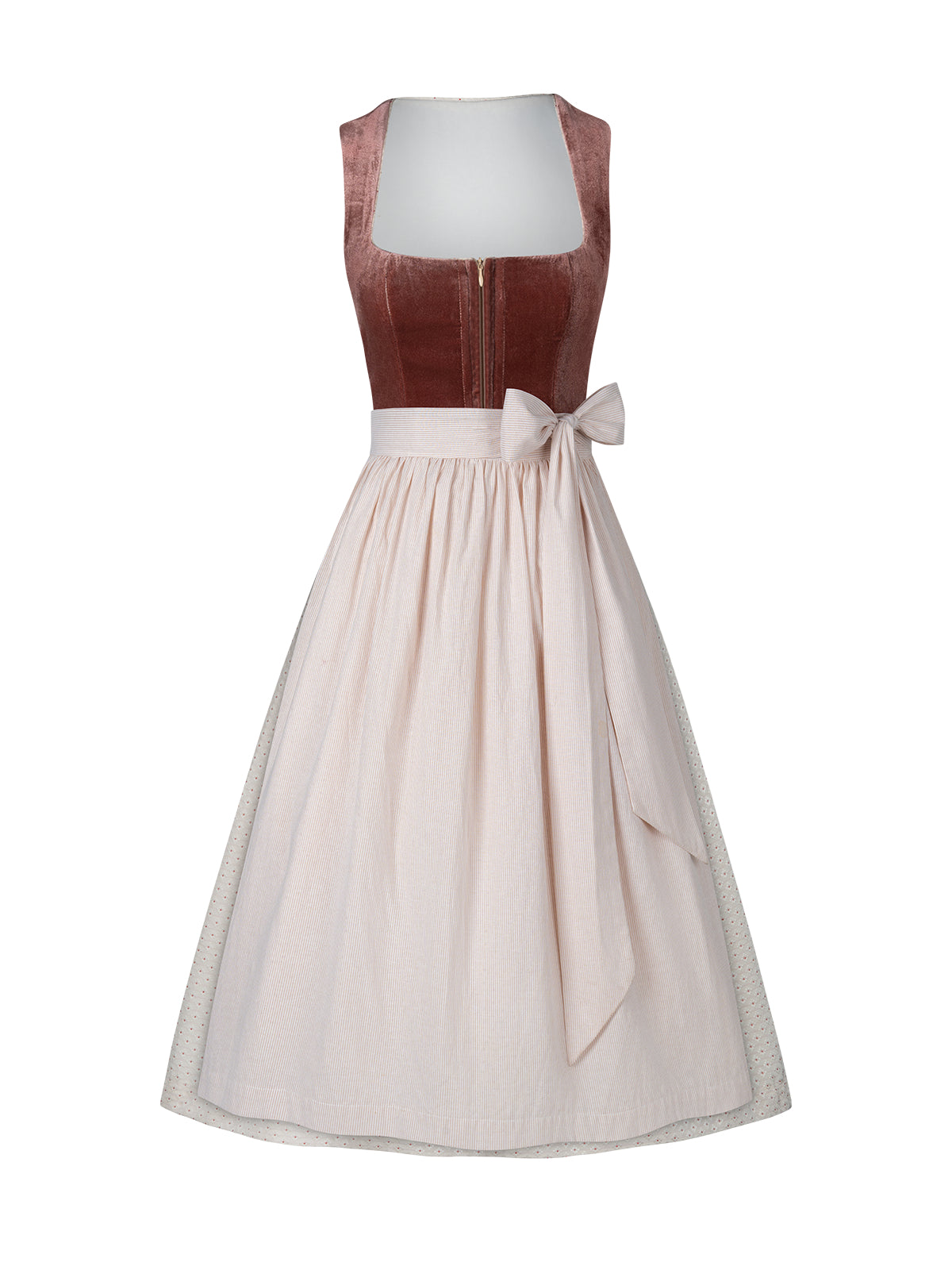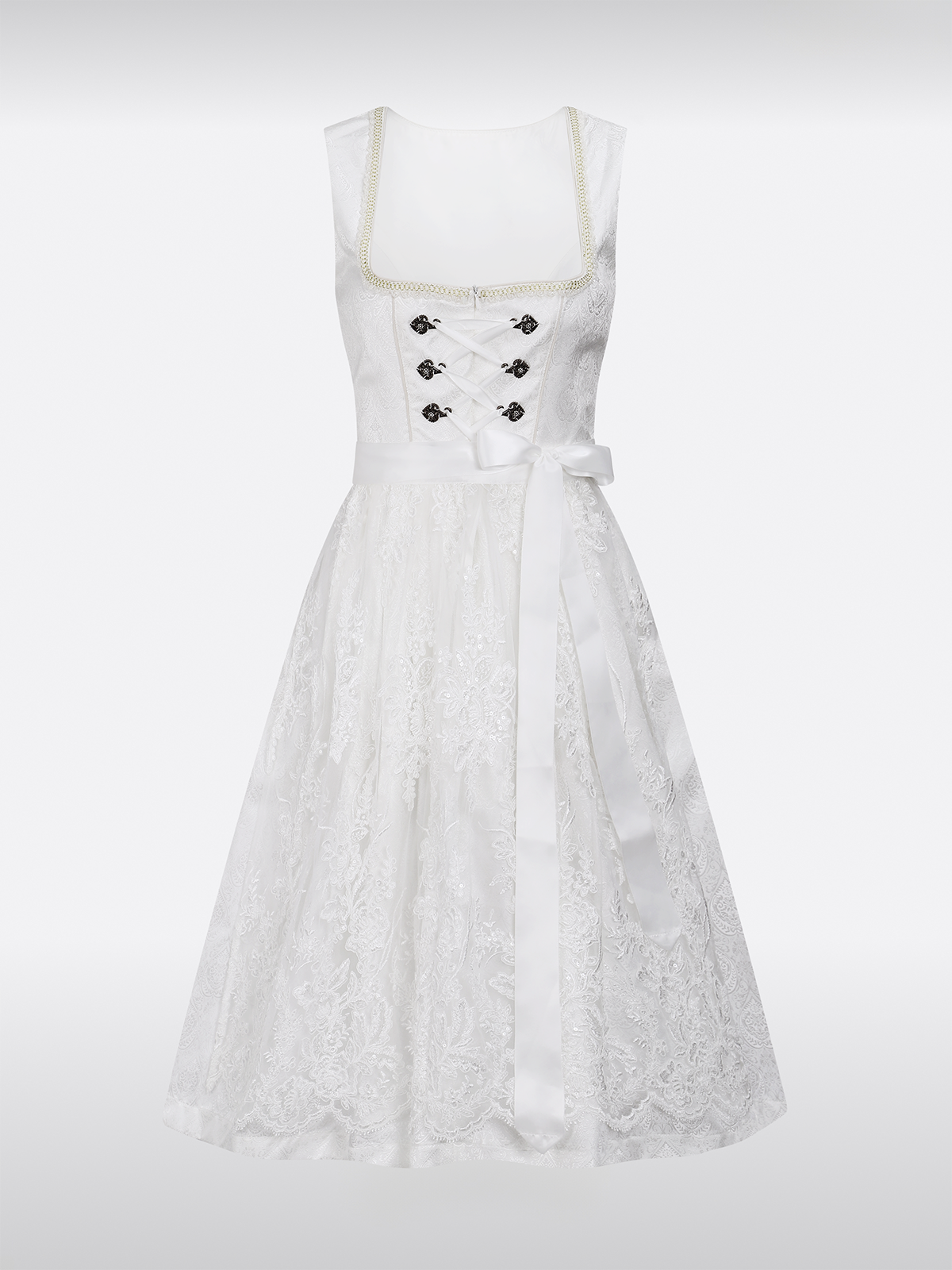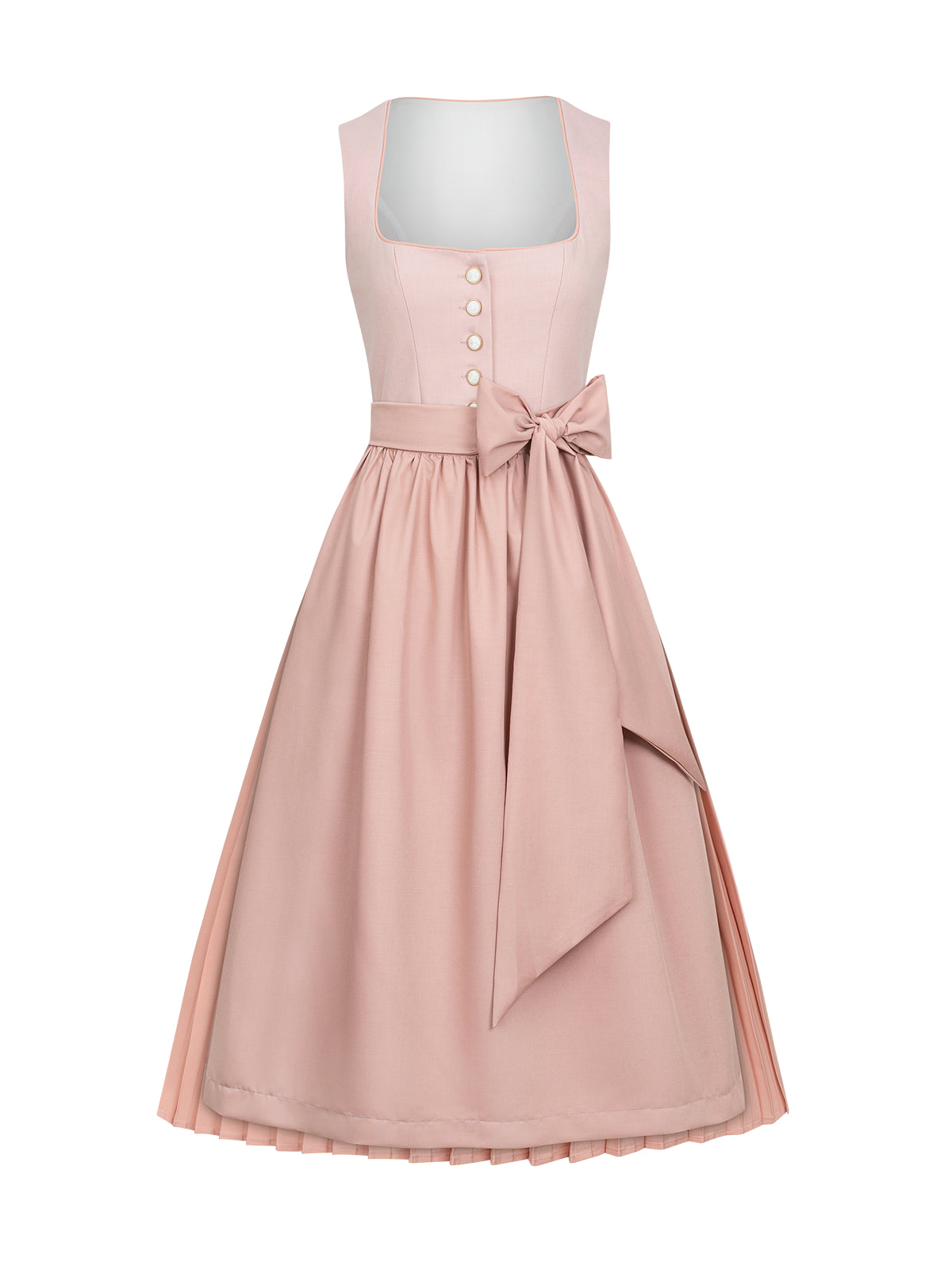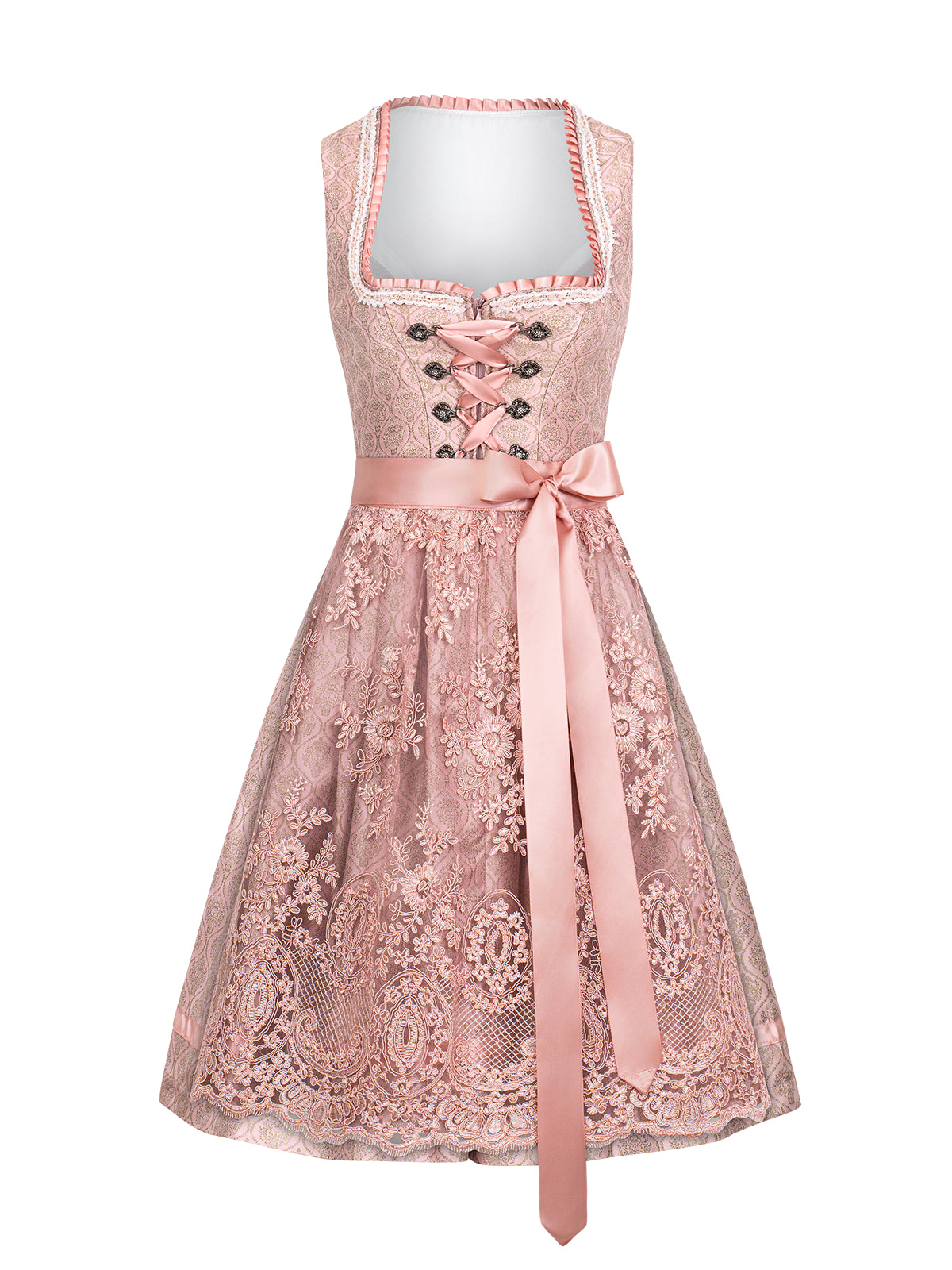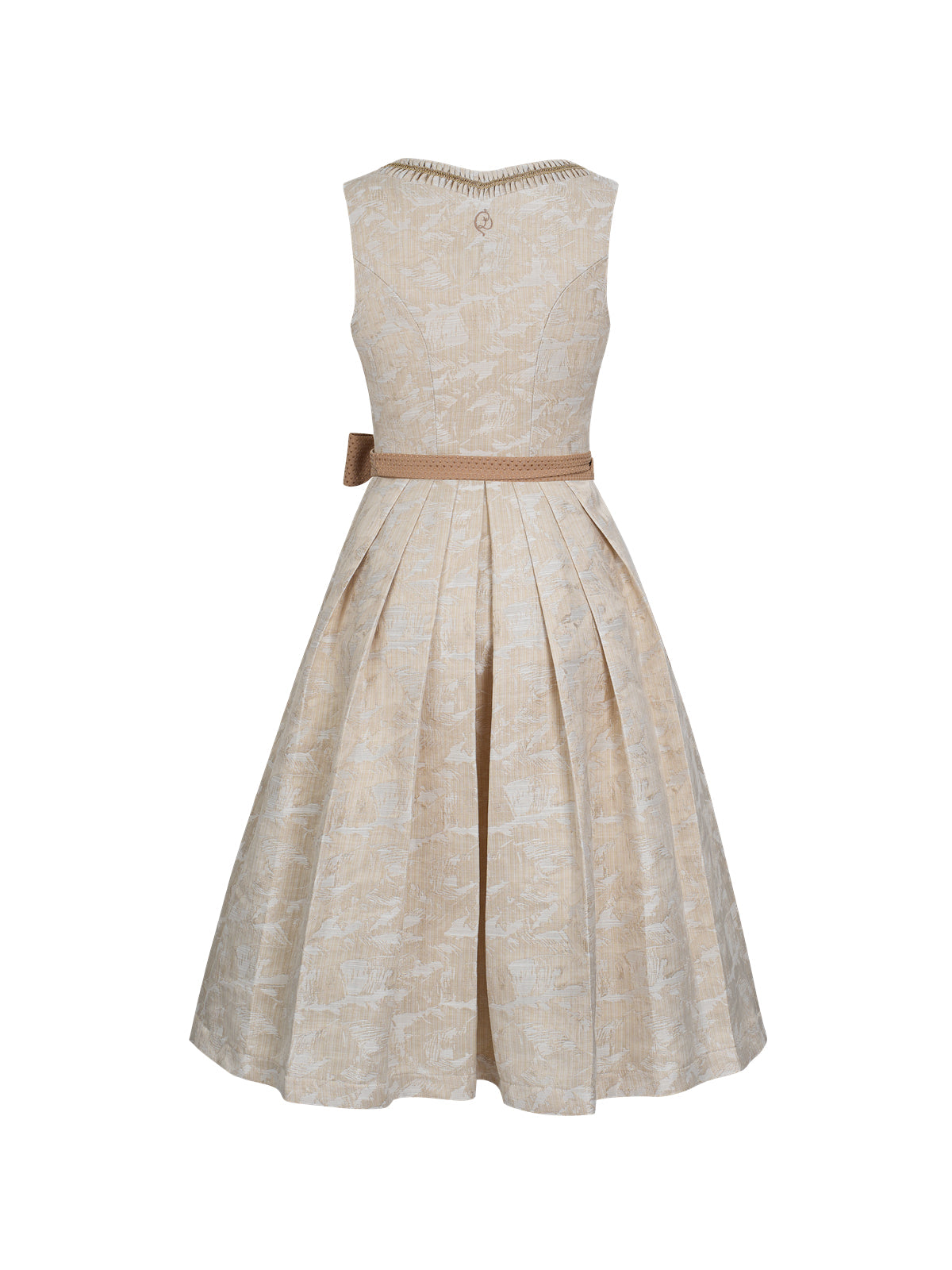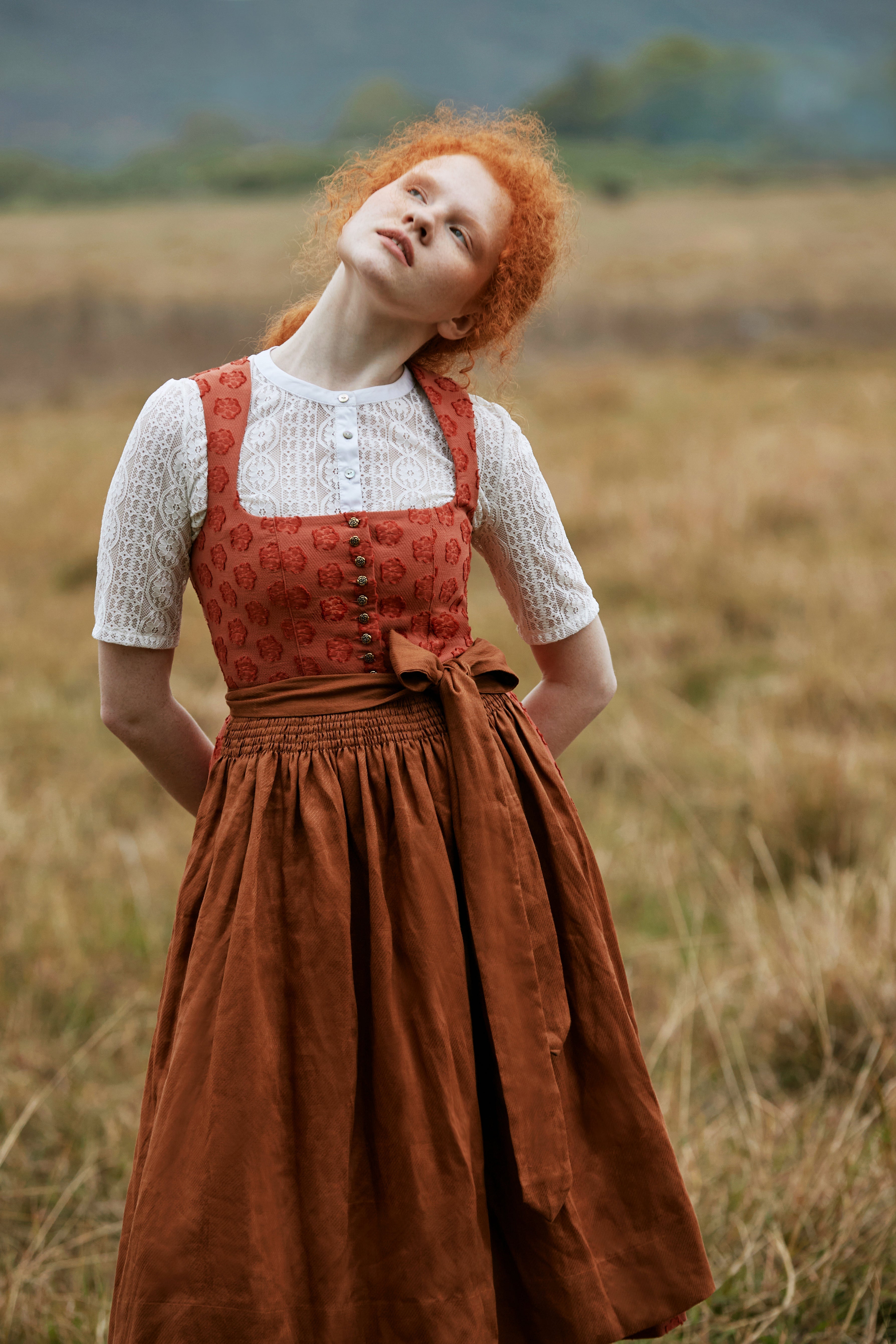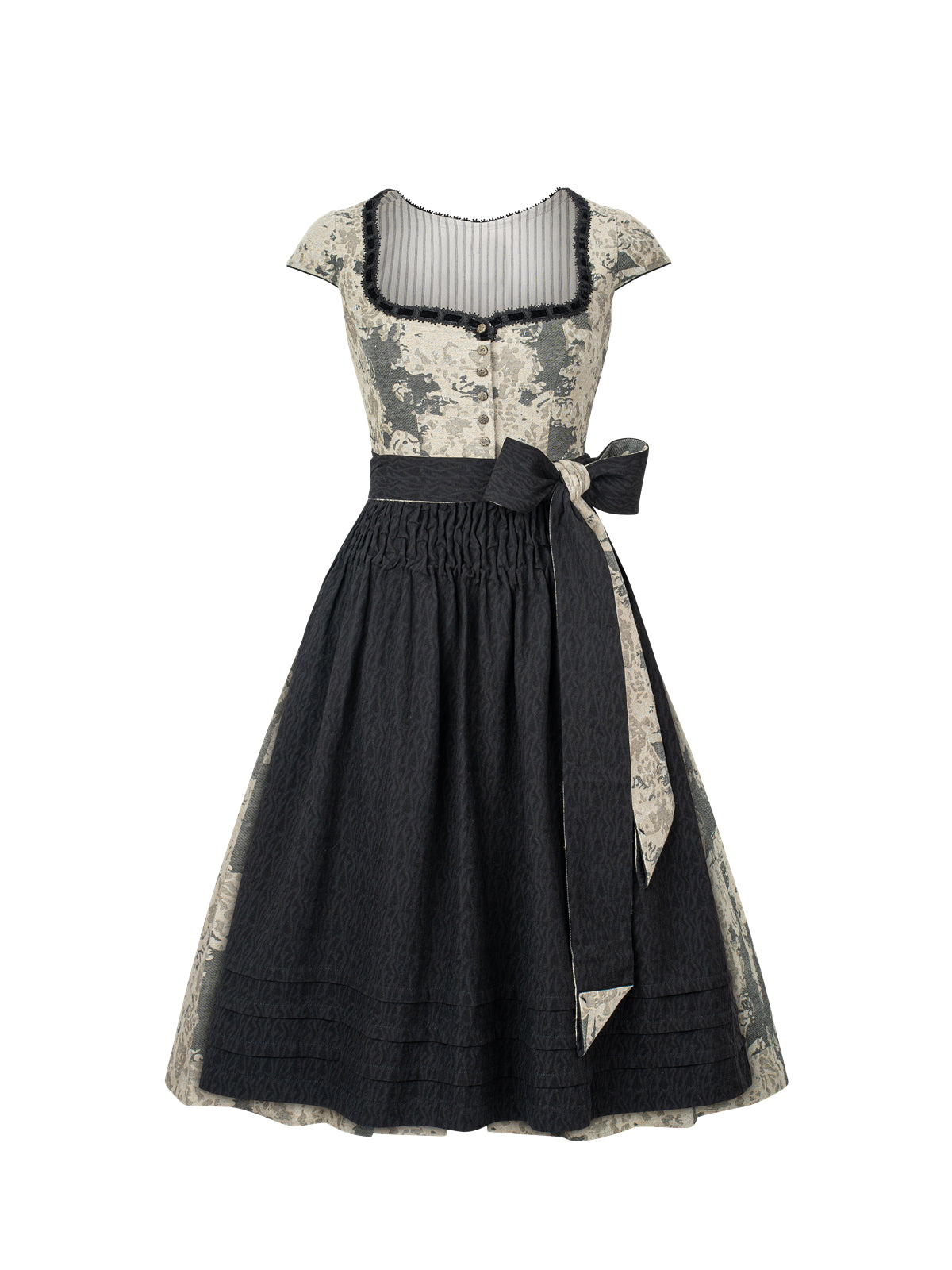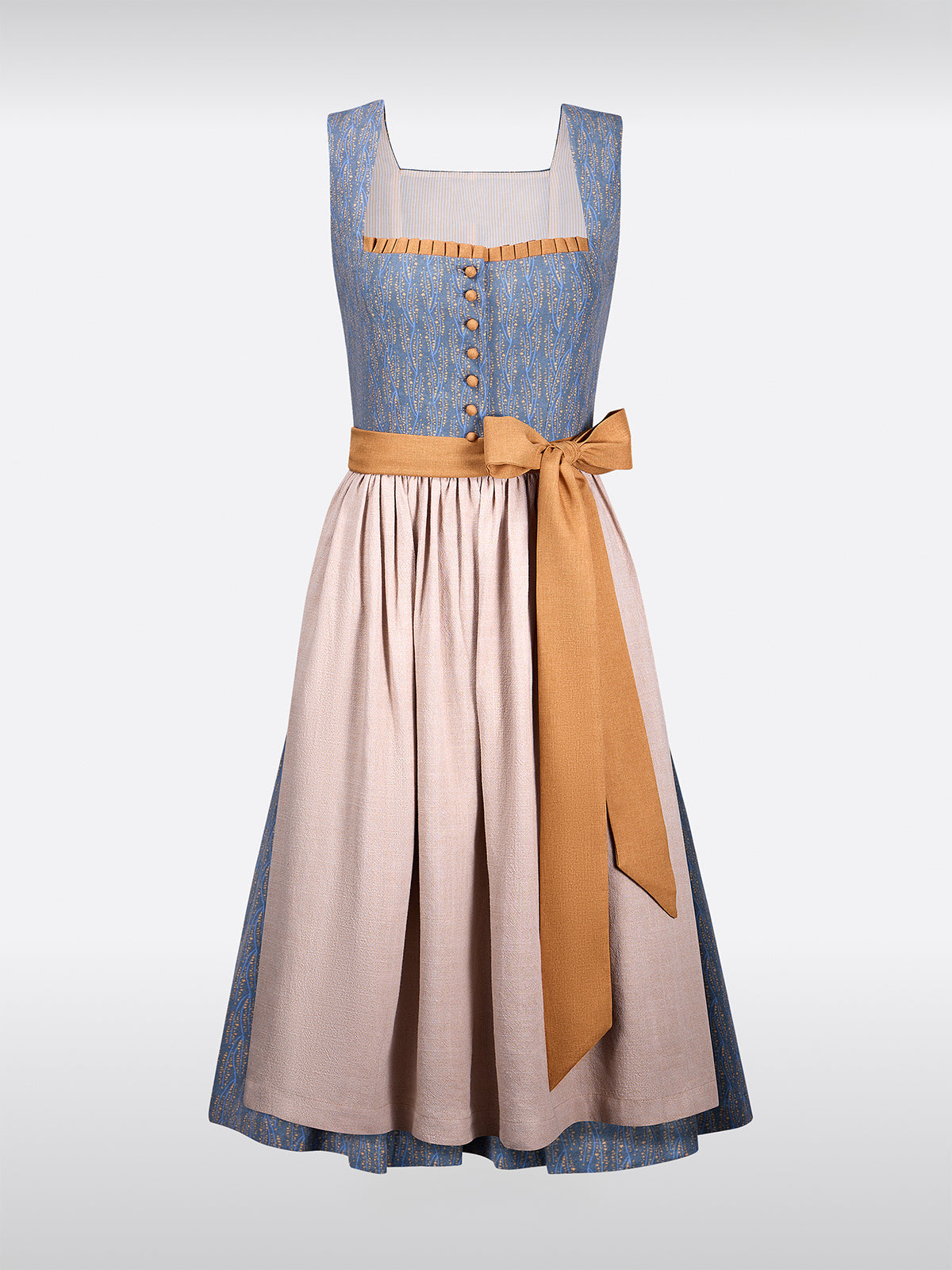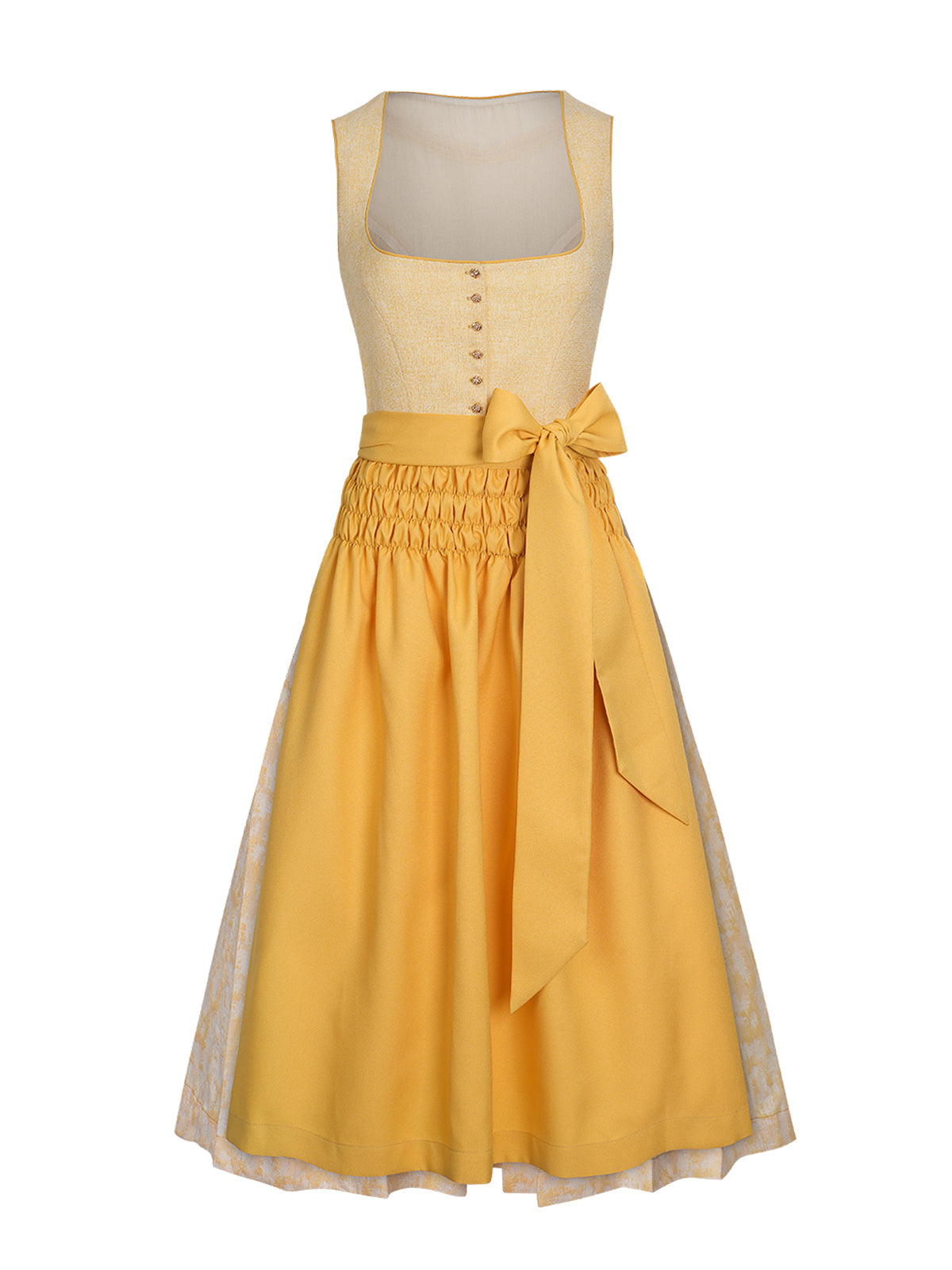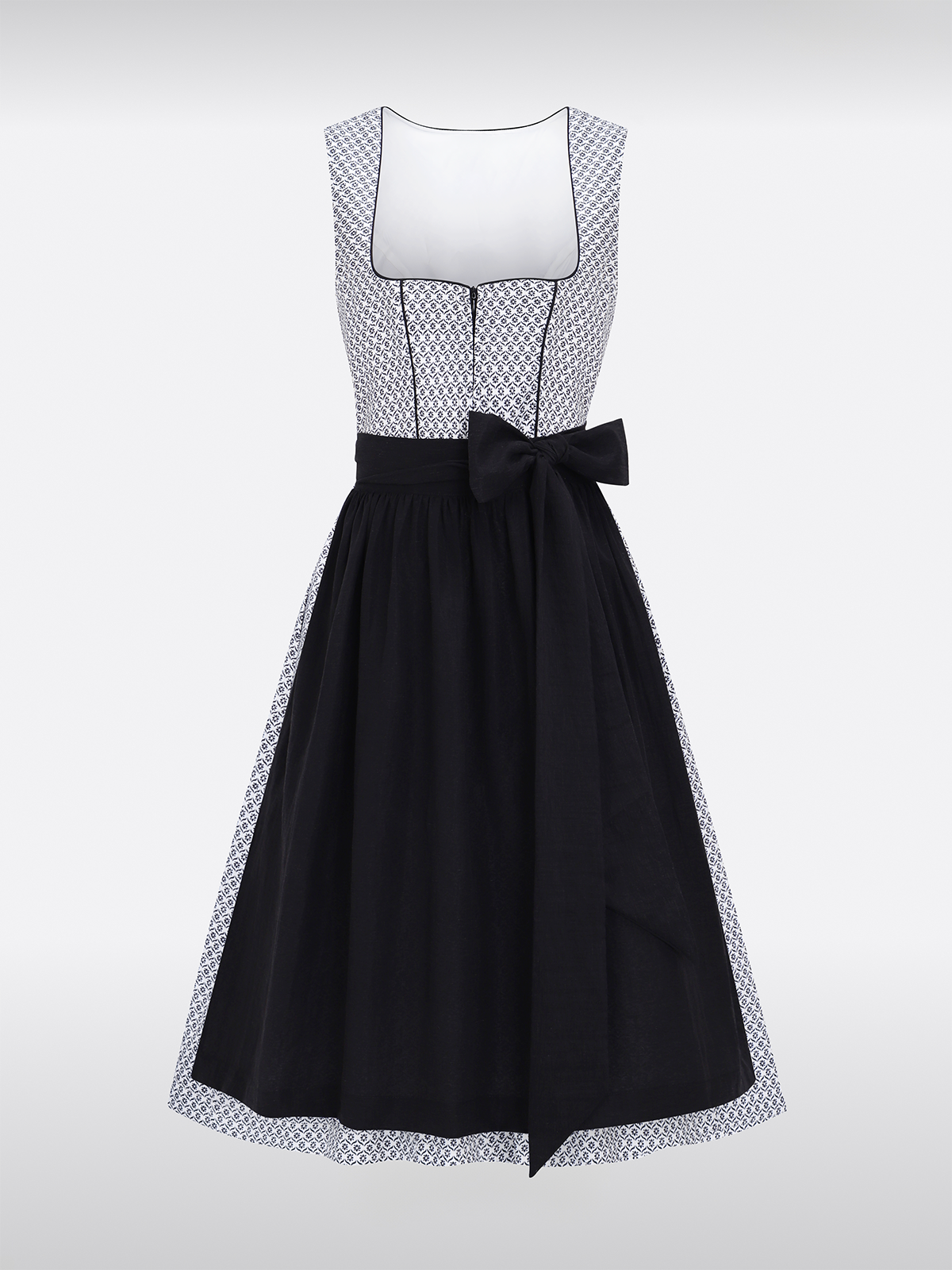History of the traditional costume
Beginnings
The tradition of traditional costume in Bavaria has deep historical roots. Originally, traditional costumes were worn by the peasants and working classes. They were practical and suited to daily work in the fields or workshops. Women's clothing consisted of a skirt, a blouse, and an apron. The fabrics were often handwoven, and the colors and patterns bore traces of the respective region.
Origin of the Oktoberfest
The Oktoberfest began in 1810 as a wedding celebration of King white dirndl Ludwig I and Therese of Bavaria. Since then, it has developed into a world-famous festival. Over time, traditional costumes also became a symbol of Oktoberfest and Bavarian identity. Women's clothing became increasingly decorative and exclusive to meet the demands of visitors.
Evolution of the traditional costume
Over the years, women's clothing at Oktoberfest has continually evolved. New fabrics, patterns, and design ideas have been added. Blouses were often decorated with lace or embroidery, skirts became longer and more flowing, and aprons became more colorful and elaborate. Today, there are also modern interpretations of traditional costume that still preserve the essence of Bavarian culture.
Components of women's wardrobe
Dirndl
The centerpiece of women's clothing at Oktoberfest is the dirndl. It consists of a top, a skirt, and an apron. The top can be in various styles, from a simple blouse to an elaborate, decorated corset. The skirt is usually long and flowing and is often fastened with a belt. The apron is an important element of the dirndl, as it is not only decorative but also has symbolic significance.
Blouse
The blouse under the Top of the dirndl It is often made of linen or silk and is often decorated with lace or embroidery. Blouse colors range from light pastels to vibrant, bold colors. The sleeves can be long or short and are often fastened with buttons or ribbons.
apron
The apron is an important symbol of women's attire at Oktoberfest. The color and pattern of the apron can indicate a woman's status. For example, a red apron can indicate a married woman, while a blue apron indicates a single woman. The aprons are often decorated with handwoven patterns or embroidery, giving the dirndl a unique touch.
Hats and scarves
In addition to the dirndl, women at Oktoberfest often wear a hat or scarf. The hat can be made of various materials, such as z.BStraw or felt, and is often decorated with feathers or flowers. The scarf can be made of silk or wool and is often wrapped around the neck to complete the look.
Symbolism of women's wardrobe
Social status
As already mentioned, the color and pattern of the apron can provide information about a woman's social status. But other elements of a woman's wardrobe can also carry symbolic significance. For example, the quality of the fabric and the decoration of the dirndl can indicate the family's wealth.
Regionality
Women's attire at Oktoberfest is also an expression of regional identity. Different regions in Bavaria have their own traditions and styles of traditional costume. The colors, patterns, and shapes of the dirndl can indicate a woman's origins. For example, the pattern of the apron can tell whether a woman is from Munich, Upper Bavaria, or Swabia.
femininity
Women's clothing at Oktoberfest emphasizes their femininity. The flowing dirndl, soft fabrics, and decorative elements emphasize the female form and give women an elegant and more feminine look.
Women's wardrobe today
modernization
Today, there are many modern interpretations of traditional women's clothing at Oktoberfest. Designers have taken the tradition of traditional costume and combined it with modern elements. For example, Dirndl in trendy colors and patterns that are also suitable for everyday wear. The materials have also been modernized to make the traditional costume more comfortable and pleasant to wear.
popularity
Women's clothing at Oktoberfest is very popular not only in Bavaria but also internationally. Many tourists enjoy wearing traditional costumes to immerse themselves in the festival atmosphere and experience a piece of Bavarian culture. Traditional costumes have also become established in the fashion world and are often presented on runways.
Changes in society
Women's attire at Oktoberfest has also reflected changes in society. In the past, traditional costume was rather formal and strictly regulated. Today, there is more freedom in choosing one's wardrobe. Women can choose according to their own preferences and styles without adhering to strict rules.

